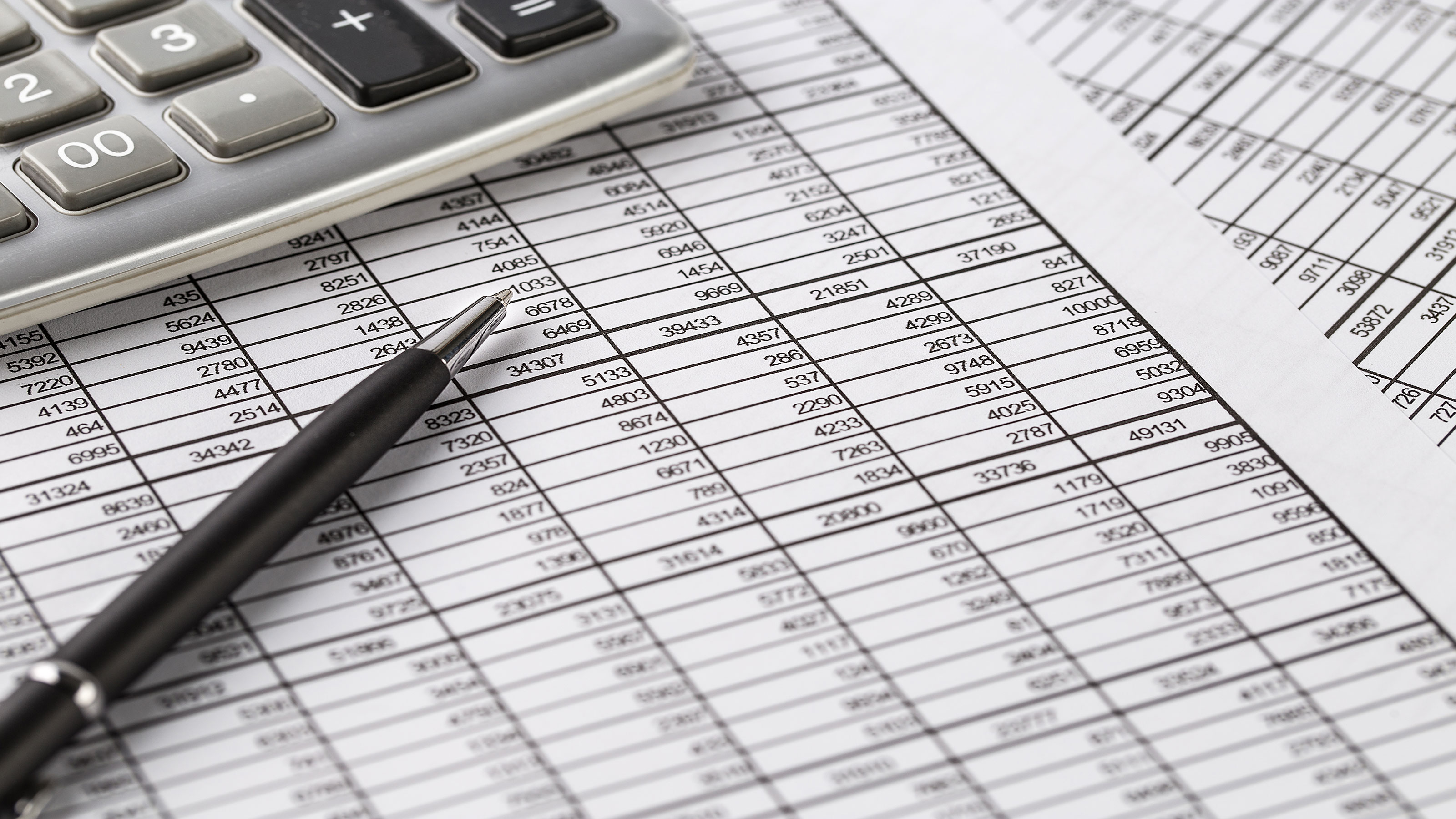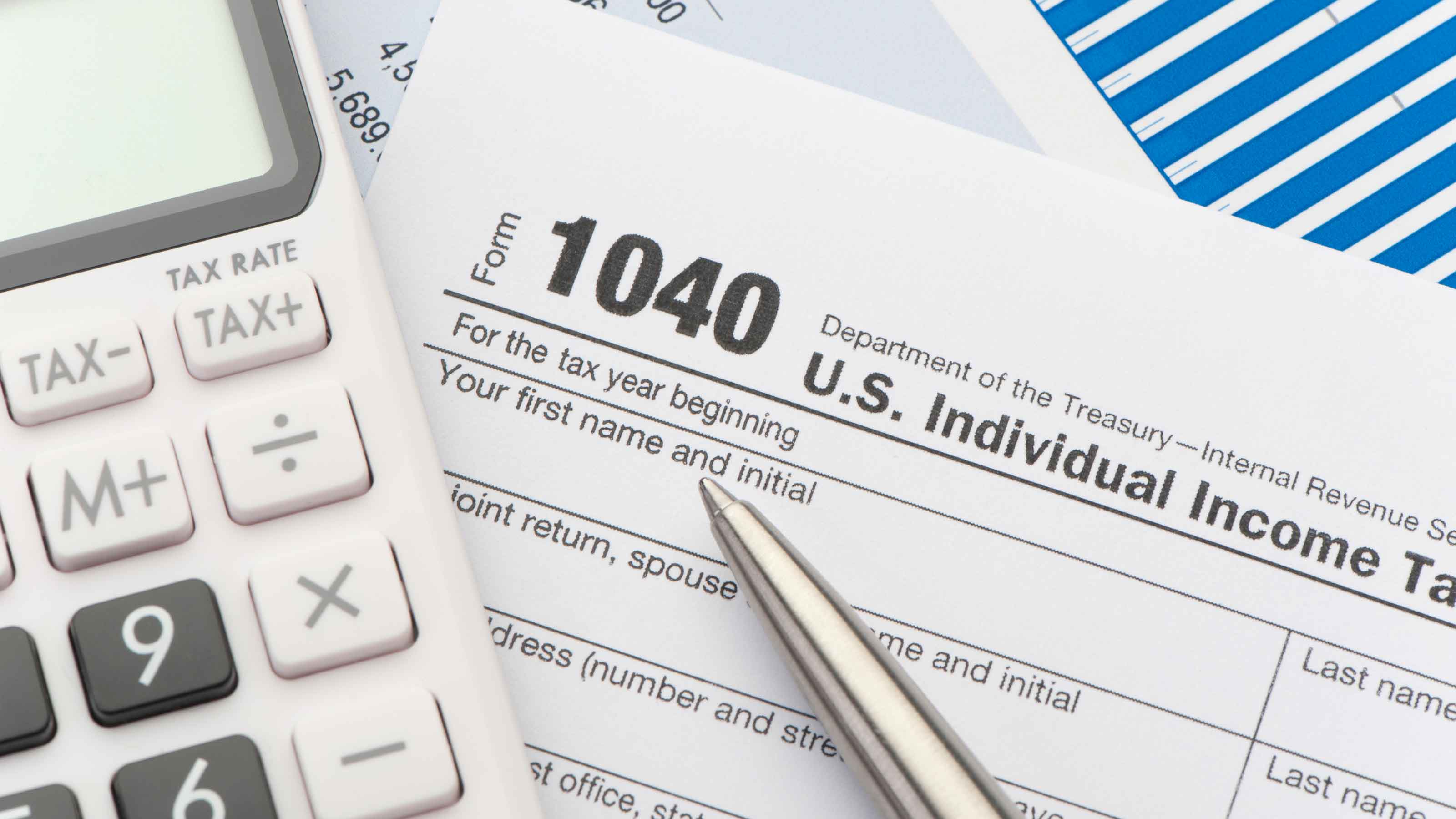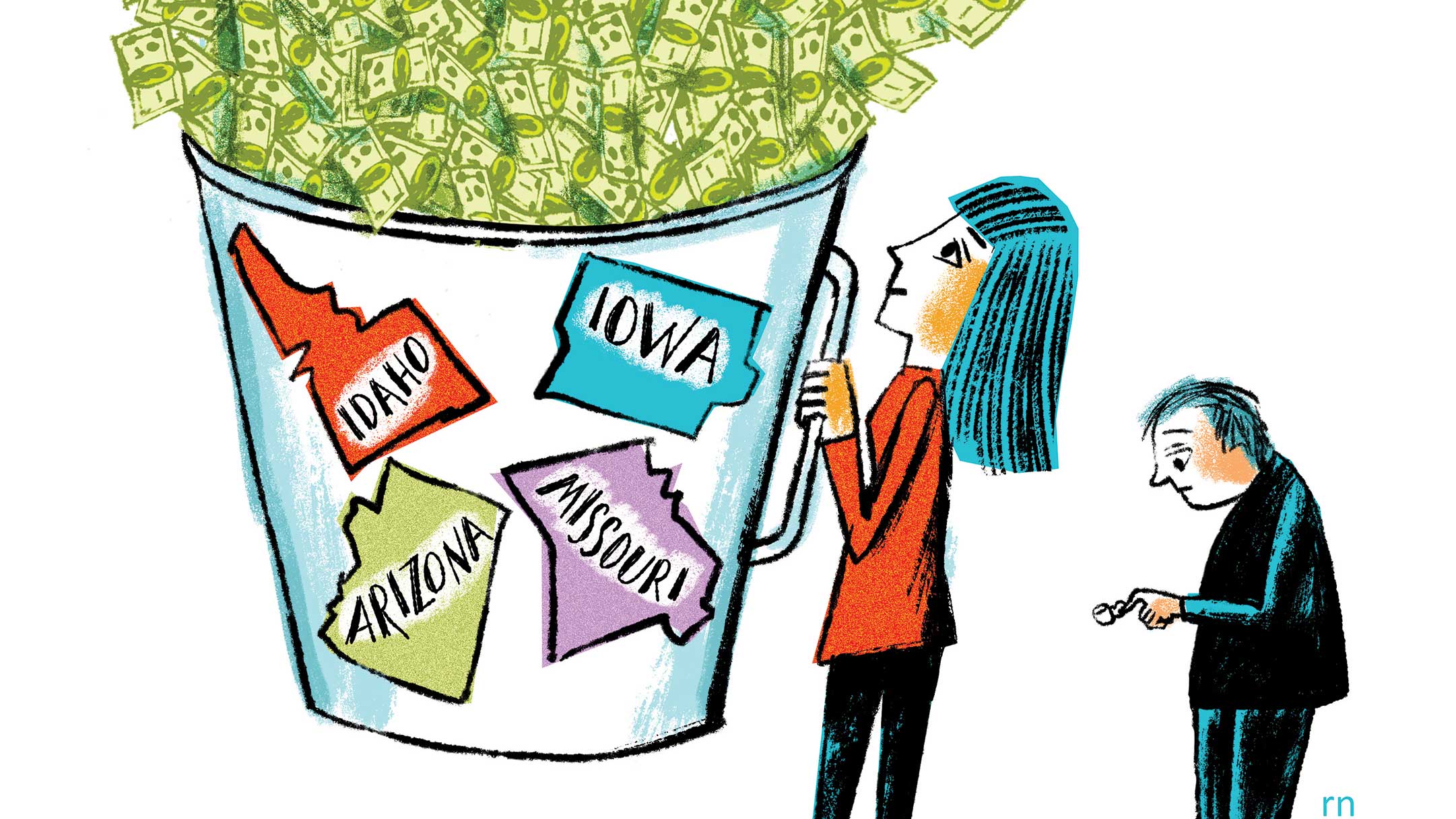A National Sales Tax Could Be Coming
A VAT is levied at each step of production, but you foot the bill.

Eric Toder is a fellow at the Urban-Brookings Tax Policy Center, in Washington, D.C.
Please explain how a Value-Added Tax works. It's basically a consumption tax -- like a retail tax. But it's collected from every business along the production chain, with each business getting a rebate for the tax paid at the previous stage. Take the sale of bread. Imagine the farmer is selling a quantity of wheat at $300, plus a 10% VAT. The miller pays $330 to the farmer. The miller incurs $400 in costs to grind the wheat, so the 10% VAT adds $40. The baker incurs another $300 in costs, resulting in $30 of VAT, so the final cost of bread to consumers becomes $1,100 -- $1,000 for the loaves, $100 for the VAT.
Why is a VAT being touted as a way to reduce our enormous deficits? Given the government's commitments to provide retirement and health benefits, the spending cuts required to balance the budget would be Draconian. On the revenue side, we have a flawed income tax with lots of preferential treatment and high taxes on corporate income. If we are serious about deficit reduction, we will have to retain an income tax along with any VAT. But some VAT revenues could be used to reduce income-tax rates or to increase exemptions so that fewer taxpayers file income-tax returns.

Sign up for Kiplinger’s Free E-Newsletters
Profit and prosper with the best of expert advice on investing, taxes, retirement, personal finance and more - straight to your e-mail.
Profit and prosper with the best of expert advice - straight to your e-mail.
Would a VAT stifle spending just when the economy needs it most? We don't want to raise taxes now, given the high unemployment rate. But that will change, and we have very-long-term debt problems.
What's a reasonable VAT rate, and what should be subject to a VAT? You might start at 5% and ramp up to 10%. Often, food consumed at home and medical care are exempt. Housing could be exempt, and so could education. The fewer things that are exempt, the more revenue raised at a lower rate, and the less complex the tax.
Isn't a VAT a little sneaky? It's easy to impose or hike because people don't notice it. A VAT can be made visible if policymakers so choose. I lived in New Zealand just after a VAT was enacted. Every time I saw a price -- in a shop or on a restaurant menu, there was a notice that the tax was included. Everyone knew that they were paying more because of it. But people may be less resistant to a tax, even if it's visible, that is simply part of the price they pay for goods.
Get Kiplinger Today newsletter — free
Profit and prosper with the best of Kiplinger's advice on investing, taxes, retirement, personal finance and much more. Delivered daily. Enter your email in the box and click Sign Me Up.

Anne Kates Smith brings Wall Street to Main Street, with decades of experience covering investments and personal finance for real people trying to navigate fast-changing markets, preserve financial security or plan for the future. She oversees the magazine's investing coverage, authors Kiplinger’s biannual stock-market outlooks and writes the "Your Mind and Your Money" column, a take on behavioral finance and how investors can get out of their own way. Smith began her journalism career as a writer and columnist for USA Today. Prior to joining Kiplinger, she was a senior editor at U.S. News & World Report and a contributing columnist for TheStreet. Smith is a graduate of St. John's College in Annapolis, Md., the third-oldest college in America.
-
 Stock Market Today: Stocks Gain on Tech, Auto Tariff Talk
Stock Market Today: Stocks Gain on Tech, Auto Tariff TalkThe Trump administration said late Friday that it will temporarily halt tariffs on some Chinese tech imports.
By Karee Venema
-
 Sam's Club Plans Aggressive Expansion: Discover Its New Locations
Sam's Club Plans Aggressive Expansion: Discover Its New LocationsSam's Club expansion plans will open up to 15 new stores each year. Learn where they plan to open in 2025.
By Sean Jackson
-
 Kiplinger's Tax Map for Middle-Class Families: About Our Methodology
Kiplinger's Tax Map for Middle-Class Families: About Our Methodologystate tax The research behind our judgments.
By David Muhlbaum
-
 Retirees, Make These Midyear Moves to Cut Next Year's Tax Bill
Retirees, Make These Midyear Moves to Cut Next Year's Tax BillTax Breaks Save money next April by making these six hot-as-July tax moves.
By Rocky Mengle
-
 Estimated Payments or Withholding in Retirement? Here's Some Guidance
Estimated Payments or Withholding in Retirement? Here's Some GuidanceBudgeting You generally must pay taxes throughout the year on your retirement income. But it isn't always clear whether withholding or estimated tax payments is the best way to pay.
By Rocky Mengle
-
 How to Cut Your 2021 Tax Bill
How to Cut Your 2021 Tax BillTax Breaks Our guidance could help you claim a higher refund or reduce the amount you owe.
By Sandra Block
-
 Why This Tax Filing Season Could Be Ugly
Why This Tax Filing Season Could Be UglyCoronavirus and Your Money National Taxpayer Advocate Erin M. Collins warns the agency will continue to struggle with tight budgets and backlogs. Her advice: File electronically!
By Sandra Block
-
 Con Artists Target People Who Owe The IRS Money
Con Artists Target People Who Owe The IRS MoneyScams In one scheme, thieves will offer to "help" you pay back taxes, only to leave you on the hook for expensive fees in addition to the taxes.
By Rivan V. Stinson
-
 Cash-Rich States Lower Taxes
Cash-Rich States Lower TaxesTax Breaks The economic turnaround sparked a wave of cuts in state tax rates. But some say the efforts could backfire.
By Sandra Block
-
 The Financial Effects of Losing a Spouse
The Financial Effects of Losing a SpouseFinancial Planning Even amid grief, it's important to reassess your finances. With the loss of your spouse's income, you may find yourself in a lower tax bracket or that you qualify for new deductions or credits.
By Rocky Mengle